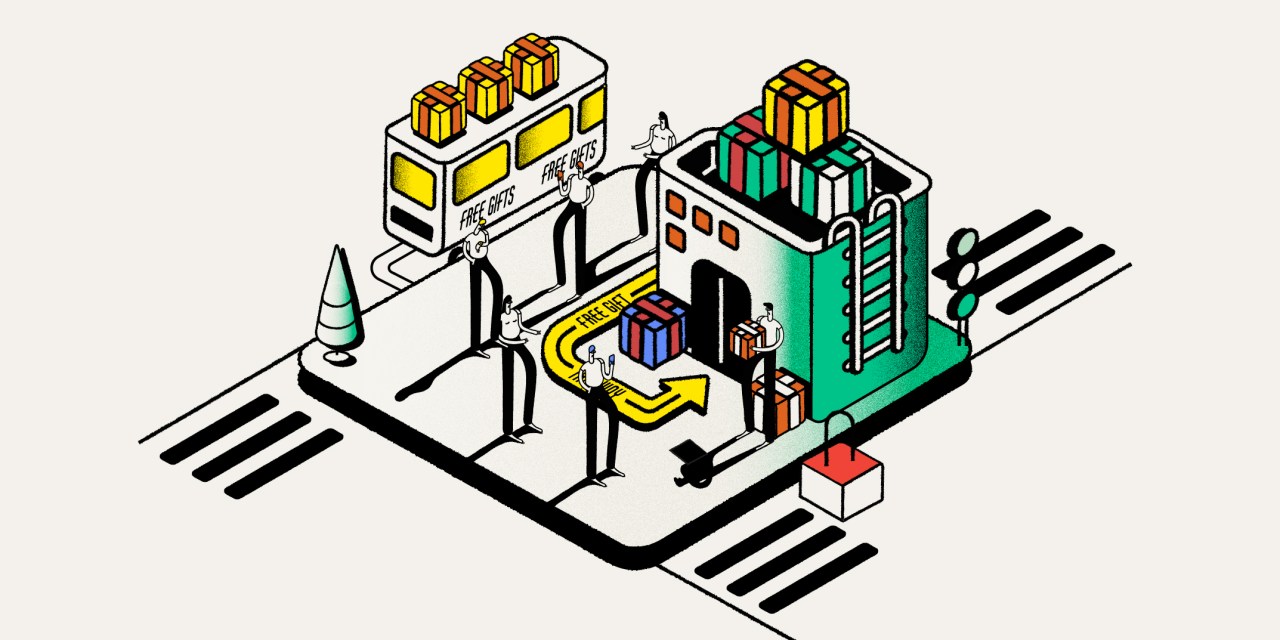Brands are forecasting for a pre-pandemic holiday season

The past few years have thrown a wrench in fourth-quarter retail planning — but this holiday season is showing signs of normal shopping patterns.
The 2020 and 2021 holiday seasons were marred by supply chain and logistics challenges, which saw retailers mainly worry about getting orders to customers in time for the opening of presents. Then, last year brought on the effects of inflation, in which brands took on higher carrier surcharges and customer acquisition costs — all while competing for raw materials. This made it difficult for retailers and consumer brands to accurately forecast how well their products would sell during the busy end-of-year period. This year, a number of retail executives say they’re optimistic about a return to normal — or pre-pandemic demand, that is.
In turn, these companies are closely monitoring incremental growth, with expectations that some cash-strapped shoppers are going to make more considered purchases this holiday season. But many see this as indicative of a return to normal.
Kristen Pumphrey, founder of P.F. Candle Co., said there’s now a need for constant forecasting and re-forecasting. “Now, we’re actually comp-ing against 2019, because we see those two Covid years as a blip.”
With demand being so up and down lately, the company has been modifying outlook more frequently, with the sales team analyzing what’s getting sold on a monthly basis. Pumphrey said this is especially important for the candle brand because the company makes all its products, including seasonal collections, in-house; “So we can’t just place orders whenever interest spikes.”
Streamlining assortment is another strategy for brands when forecasting holiday sales this year.
When planning for the end of year, DTC tea company The Whistling Kettle is scaling back on seasonal varieties. Instead, CEO Kevin Borowsky said, the company is hoping to be on target by “focusing on historically-winning SKUs based on data.”
With demand softening compared to 2020 and 2021, Borowsky said there is less need to bombard customers with newness. For example, every year there is a big pumpkin push, he said, “but at a certain point the trend falls off a cliff.” This year, The Whistling Kettle opted to skip the popular autumn flavor.
The main theme “is not going crazy with variety,” Borowsky said, but still creating gift assortments that lead to higher basket sizes and retention. For example, the company is introducing a tea-of-the-month variety gift box.
Put together, brands are more concerned than ever with accurate holiday forecasting. But they’re less hampered by the once-in-a-lifetime occurrences that punctuated the last two years.
Eléonore Crespo, co-CEO of business planning platform Pigment, said that while retailers can’t predict the future, “the ability to plan ahead for different scenarios is critical in helping them make informed decisions.” With so many changes to purchase patterns in the last couple of holiday seasons, Crespo said it’s important to “mitigate risks, spot opportunities and set their business up for success” as best as the company can.
Even with this general sentiment of stabilization, one early-stage startup is settling into the new normal of running an e-commerce business. Mustard Made, an Australian-based locker and storage brand, launched in 2018 and experienced common challenges among DTC companies such as skyrocketing customer acquisition costs and supply chain issues.
Becca Stern, co-founder and creative director of Mustard Made, said, “one of the big issues we foresee, and that we’ve experienced in the previous few years, is shipping complexities coming into the festive season.” This includes longer timeframes amid a competitive landscape, higher fulfillment costs and increased demand in customer service.
As for inventory planning, Stern said this year the company is taking historic holiday and year-round demand into consideration. “This year we’re taking into account the changes in the economic climate in our major markets, but have confidence in the continuing growth of our brand,” Stern said. “With that in mind, we’re building stock levels in all our warehouses and have worked with our factory to hold ‘buffer stock’ for us in preparation for the festive season.”
With predictions of an economic “soft landing,” retail executives are turning their attention to incremental growth. “A lot of companies interpreted the Covid era growth as the future, and that there’s no going back,” Pumphrey said. “But the way we think of it is: that was a trend we rode and now we’re back to expecting more stable growth – and base future demand off that.”

